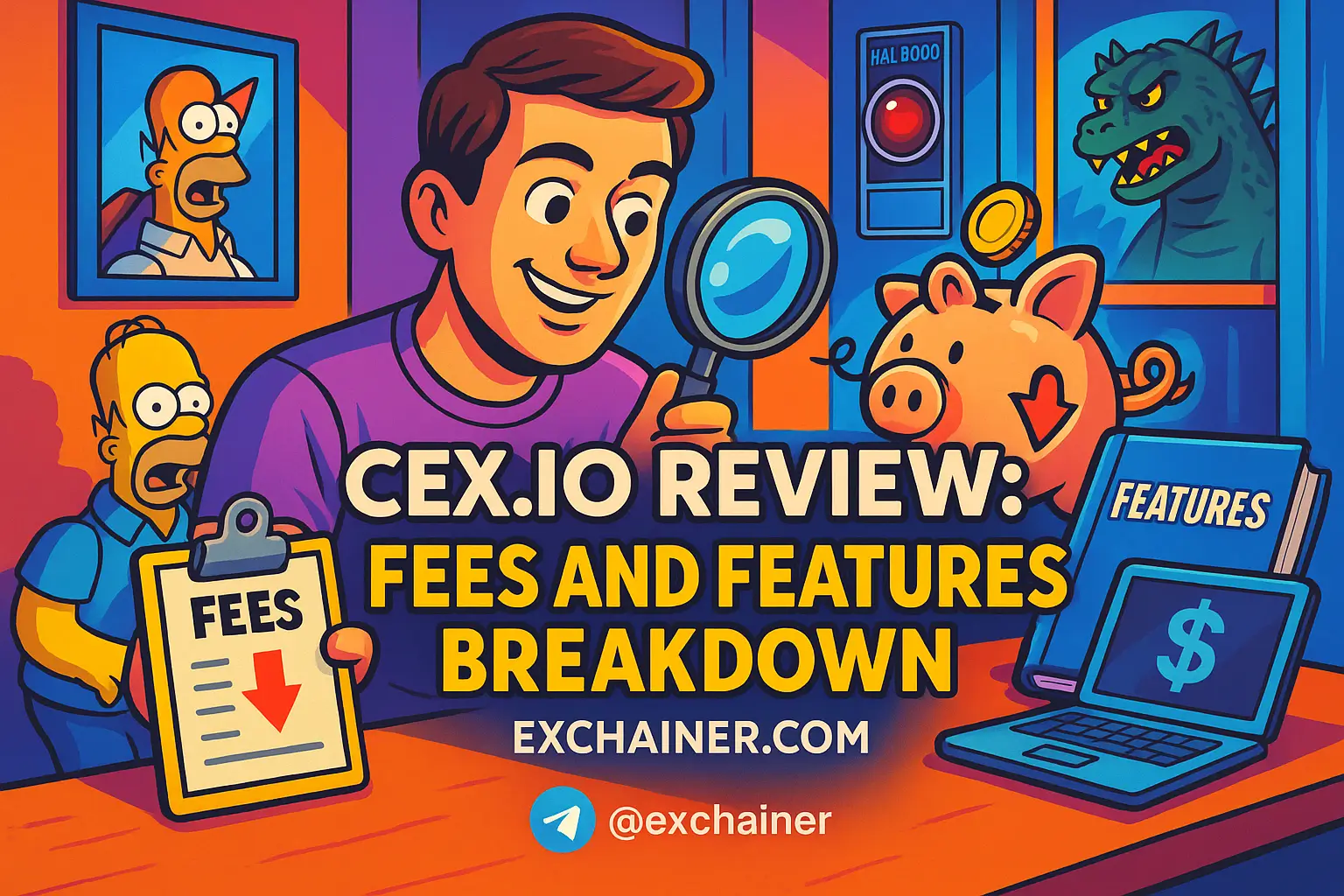Understanding Crypto Staking and Exchange Benefits
What is Crypto Staking?
Crypto staking is the process of holding and locking your cryptocurrency in a wallet to support a proof-of-stake (PoS) blockchain, which validates transactions and secures the network. In return, you earn staking rewards, often paid as additional tokens. For instance, staking 10 ADA on an exchange with a 5% annual reward could yield 0.5 ADA over a year. Exchanges make this process beginner-friendly by managing the technical side, unlike solo staking, which requires 32 ETH for Ethereum validators.
Why Use an Exchange for Staking?
The top exchanges for staking cryptocurrency provide convenience by handling validator nodes and pooling resources. This means you can stake small amounts without needing advanced setup, unlike solo staking. Additionally, they offer flexibility with various coins and reward structures. However, fees can reduce your earnings, so it’s essential to compare options. For a deeper dive into staking fundamentals, check out our What is Staking in Crypto? on Exchainer.com.
Key Features to Look for in Staking Exchanges
Competitive Staking Rewards and Fees
One of the standout features of the top exchanges for staking cryptocurrency is their reward rates, typically ranging from 2% to 15% annually. For example, Binance might offer 8% on Cardano, while Kraken provides 4-6% on Ethereum. Moreover, fees—often a percentage of rewards—vary, so an exchange with a 5% APY and 10% fee might net you less than one with a 4% APY and 5% fee. Always review the annual percentage yield (APY) and payout frequency to maximize returns.
Supported Cryptocurrencies and Flexibility
The top exchanges for staking cryptocurrency differ in the coins they support. Binance and KuCoin offer staking for dozens of tokens, including altcoins, while Coinbase focuses on major PoS coins like ETH and SOL. Furthermore, some platforms provide flexible staking (withdraw anytime) or locked staking (higher rewards, restricted access). Consider your needs: Do you prefer liquidity or higher returns? This choice can shape your staking strategy.
Security and User Experience
Security is a cornerstone for the top exchanges for staking cryptocurrency. Look for platforms with cold storage, 2FA, and proof-of-reserves audits to protect your locked funds. For instance, Kraken’s transparency reports and Binance’s SAFU fund enhance trust. Additionally, a user-friendly interface—such as Coinbase’s one-click staking—makes the process smoother for beginners. Learn more about security in our Crypto Security: How to Protect Your Assets and Avoid Scams on Exchainer.com.
Top Exchanges for Staking Cryptocurrency in 2025
Binance: A Staking Leader
Binance ranks high among the top exchanges for staking cryptocurrency, supporting over 50 PoS coins like Ethereum, Solana, and BNB. Its flexible staking allows instant withdrawals, while locked staking offers APYs up to 10% for coins like Polkadot. Moreover, with low fees (0-15% of rewards) and high liquidity, it’s ideal for active stakers. However, the platform’s complexity might challenge new users, and some regions face regulatory limits.
Pros:
- Extensive coin selection for staking.
- Flexible and locked staking options.
- Low fees with competitive APYs.
Cons:
- Steep learning curve for beginners.
- Restricted in certain areas.
For more details, explore our Binance Review 2025: Detailed Analysis of Features and Fees on Exchainer.com.
Kraken: Security-Focused Staking
Kraken stands out as one of the top exchanges for staking cryptocurrency due to its robust security and simple interface. It supports major coins like ETH, ADA, and DOT, with APYs from 4% to 12%. Additionally, its on-chain staking contributes directly to blockchains, and proof-of-reserves audits build confidence. On the downside, staking fees (15-20%) are higher than some competitors, limiting net gains.
Pros:
- Strong security with regular audits.
- Easy staking process for beginners.
- On-chain and off-chain staking support.
Cons:
- Higher fee structure.
- Fewer altcoin options.
Coinbase: Ideal for Beginners
Coinbase is a top pick among the top exchanges for staking cryptocurrency for its beginner-friendly approach. It offers staking for ETH, SOL, and Tezos with APYs of 3-6%, integrated into a simple dashboard. Furthermore, its U.S. regulatory compliance and insured hot wallets add safety. However, fees (up to 25% of rewards) and a smaller coin selection might deter advanced users.
Pros:
- Intuitive for new stakers.
- Regulated with insured funds.
- Seamless staking experience.
Cons:
- High reward fees.
- Limited coin variety.
Compare options in our Coinbase vs Kraken: Which Crypto Exchange is Better in 2025? on Exchainer.com.
KuCoin: Altcoin Staking Specialist
KuCoin shines as one of the top exchanges for staking cryptocurrency with support for over 700 coins, including Algorand and Cosmos, offering APYs up to 15%. Its Soft Staking program allows flexible withdrawals, and fees are low (5-10%). Additionally, trading tools appeal to intermediate users. However, its unclear regulatory status might concern some investors.
Pros:
- Broad altcoin staking options.
- Low fees with flexible staking.
- Integrated trading features.
Cons:
- Limited fiat support.
- Less regulatory clarity.
Crypto.com: High-Reward Option
Crypto.com is a strong contender among the top exchanges for staking cryptocurrency, supporting over 40 coins like CRO, ETH, and ADA, with APYs up to 14.5% for locked staking. Its tiered rewards system benefits CRO holders, and the mobile app enhances accessibility. On the other hand, locked staking periods (up to 3 months) reduce flexibility.
Pros:
- High APYs with CRO incentives.
- Mobile-friendly platform.
- Diverse coin selection.
Cons:
- Locked staking limits access.
- Higher fees without CRO.
How to Choose the Best Staking Exchange
Assess Rewards and Costs
To pick from the top exchanges for staking cryptocurrency, compare APYs and fees. For example, staking 100 ADA on Kraken at 5% APY with 15% fees yields 4.25 ADA yearly, while Binance’s 7% APY with 10% fees gives 6.3 ADA. Use tools like StakingRewards to calculate potential earnings and make informed choices.
Match Coins and Flexibility to Your Goals
The top exchanges for staking cryptocurrency vary in coin support. Binance and KuCoin suit altcoin enthusiasts, while Coinbase excels with major coins. Flexible staking offers liquidity, whereas locked staking boosts rewards. Ask yourself: Do I need quick access or higher returns? This will guide your decision.
Prioritize Security and Reputation
Security is vital for the top exchanges for staking cryptocurrency. Opt for platforms with cold storage, 2FA, and audits, like Kraken and Coinbase. Additionally, check user feedback on CoinMarketCap and past security records to ensure reliability.
Test the Platform
Before committing, test the staking interface with a small amount. Coinbase and Crypto.com are user-friendly, while Binance and KuCoin cater to those comfortable with advanced features. A smooth experience can save time and reduce mistakes.
Tips for Safe and Effective Staking
Start Small and Diversify
Begin with a modest stake to test the waters. Diversify across coins like ETH, ADA, and SOL to spread risk. Our How to Diversify Your Crypto Portfolio in 2025: A Beginner’s Guide offers further insights.
Enhance Security Measures
Always enable 2FA and consider a hardware wallet for unused stakes. Learn how in our How to Use a Hardware Wallet for Beginners on Exchainer.com.
Monitor Rewards and Market Trends
Track your staking rewards, as APYs can shift with network demand. Use CoinGecko to monitor coin performance and adjust during market changes. Have you set up alerts for your staked assets?
Plan for Taxes
Staking rewards may be taxable as income, like interest in the U.S. Keep records for tax purposes. Check our Crypto Taxes Explained: How to Stay Compliant in 2025 for more details.
Risks to Watch and Mitigation Strategies
Slashing Risks
Slashing—losing staked funds due to validator errors—can occur on PoS networks. The top exchanges for staking cryptocurrency like Kraken minimize this with reliable nodes, but review their slashing policies.
Platform Risks
Hacks or exchange failures pose risks to staked funds. Diversify across platforms and wallets, and choose exchanges with insurance or cold storage, such as Binance’s SAFU fund.
Market Volatility
Price drops can affect staked assets’ value. Flexible staking helps during bear markets, while locked staking suits bullish trends. Our How to Plan for Crypto Market Volatility provides strategies to manage this.
Conclusion
The top exchanges for staking cryptocurrency in 2025—Binance, Kraken, Coinbase, KuCoin, and Crypto.com—offer unique advantages for earning passive income. Binance leads with coin variety and low fees, Kraken with security, Coinbase with simplicity, KuCoin with altcoins, and Crypto.com with high rewards. By assessing rewards, coin support, security, and usability, you can find the perfect fit for your staking goals.
Staking is a rewarding yet cautious endeavor. Start small, diversify, and prioritize security to safeguard your investments. Ready to begin? Start your crypto journey today with more insights from Exchainer.com!
Explore Related Articles:






